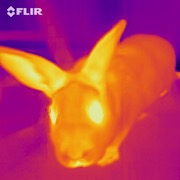Warning- ideas provoked by a week of 3-4 hours of sleep a night.
Iíve been daydreaming about having TK Custom machine the cylinder of my k frame to accept moon clips and 9mm.
They claim that after machining the revolver will shoot .38 and 9mm, with the caveat of staying with standard pressure 9mm to avoid sticking brass.
How would this impact shooting .38? Sticking any more of a possibility than without the caliber conversion? How would the higher pressure/lower weight of the 9mm treat a .38spl only k frame long term (durability issues)?
Having two calibers in one gun sounds mighty nice - and if proven means stocking one caliber. Best part is itís less than a 1050 caliber conversion w/ toolhead to reload 38 spl.
Sent from my iPhone using Tapatalk



 Reply With Quote
Reply With Quote




